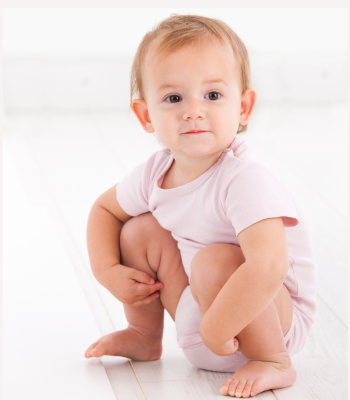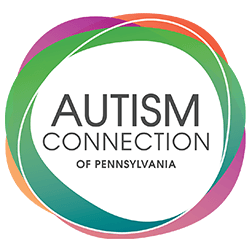Parents of autistic children often share that their child did not crawl, and this factor is commonly underestimated. Those who have little ones who seem to simply sprout from scooting to standing to walking (even delayed) may feel as if the child has made great strides, but it’s important to recognize that crawling helps the brain develop. While scooting is absolutely adorable, crawling affects the brain in different ways.

Scooting is fine but encourage crawling, too
Crawling as a Foundation for Cognitive and Motor Skills
Crawling plays a vital role in the early stages of human brain development, laying the foundation for various cognitive and motor skills. As infants begin to crawl, they engage in a complex process of sensory exploration and integration. This physical activity enhances the brain’s ability to create neural connections, facilitating the development of spatial awareness, hand-eye coordination, and proprioceptive skills.
Crawling also fosters the growth of the corpus callosum, a bundle of nerve fibers that connects the two brain hemispheres, promoting communication and information exchange between brain regions. The symmetrical and rhythmic movements involved in crawling have been shown to contribute significantly to the development of a well-connected and efficient brain architecture.
Studies on Crawling and Early Brain Development
Numerous studies have delved into the significance of crawling in early brain development. Research conducted by Karen Pape, a pediatric neurologist, highlights the essential role of crawling in forging neural connections and its influence on overall cognitive and motor development. A study published in the Journal of Neuroscience reveals that crawling babies exhibit enhanced spatial memory and a greater ability to perform tasks that require coordinated movement. Additionally, Neuroscientists such as Dr. John Ratey have explored how physical activities like crawling contribute to the release of brain-derived neurotrophic factor (BDNF), a protein essential for neuroplasticity and cognitive growth.
Encourage Crawling
Encouraging crawling in infants and providing them with safe and supportive environments to explore their motor skills can have far-reaching implications for their cognitive development. As demonstrated by scientific research, crawling sets the stage for improved brain connectivity, essential motor skills, and spatial awareness. And understanding the importance of crawling can guide parents, caregivers, and educators in fostering a child’s early development and providing them with a strong foundation for future learning and overall brain health.
Activities that Mimic Crawling
Activities that mimic crawling can help infants develop their motor skills, coordination, and strengthen their muscles. While infants may not be crawling independently yet, these activities can encourage them to practice the movements and prepare them for the milestone. Here are some activities you can try:
- Tummy Time: Place your baby on their tummy on a soft and safe surface. This position encourages them to lift their head and chest off the ground, strengthening their neck, back, and shoulder muscles – essential for crawling.
- Baby Plank: While your baby is on their tummy, gently support their upper body by holding their arms. This will help them practice the plank-like position that they will use when crawling.
- Rolling Games: Help your baby roll from their tummy to their back and vice versa. This motion helps them build core strength and improves their ability to change positions.
- Crawling Tunnel: Create a soft and safe crawling tunnel using cushions or blankets. Lay your baby on their tummy at one end and encourage them to move through it using their hands and knees.
- Crawl-and-Reach: Place toys just out of your baby’s reach while they are on their tummy. Encourage them to move towards the toys by crawling or scooting.
- Parent-Assisted Crawling: Sit on the floor and position your baby on your legs facing you. Gently help them move forward by holding their hands and guiding them through the crawling motion.
- Mirror Play: Place a baby-safe mirror in front of your baby while they are on their tummy. Babies are often fascinated by their reflections and may try to reach out to the “other baby,” promoting movement.
- Carpet Slide: Place your baby on a soft carpet or mat and gently pull them across the floor, allowing them to experience the crawling motion without using their own muscles.
- Crawling Race: If you have friends with babies around the same age, organize a mini-crawling race. Line up the babies and encourage them to crawl towards a fun toy or their parents waiting at the other end.
Remember, each baby develops at their own pace, and it’s essential to create a safe and supportive environment for them to explore and practice these movements. Always supervise your baby during these activities, and if you have any concerns about their development, consult with a pediatrician or child development specialist.
Resources:
- Pape, K. E. (2008). The role of early general movement assessments as predictors of cerebral palsy. The Neurologist, 14(6), 331-340.
- Adolph, K. E., & Berger, S. E. (2006). Motor development. Handbook of child psychology, 2, 161-213.
- Lobo, M. A., & Galloway, J. C. (2013). Crawling and walking infants elicit different verbal responses from mothers. Developmental science, 16(6), 894-905.
- Ratey, J. J. (2008). Spark: The Revolutionary New Science of Exercise and the Brain. Little, Brown Spark.

